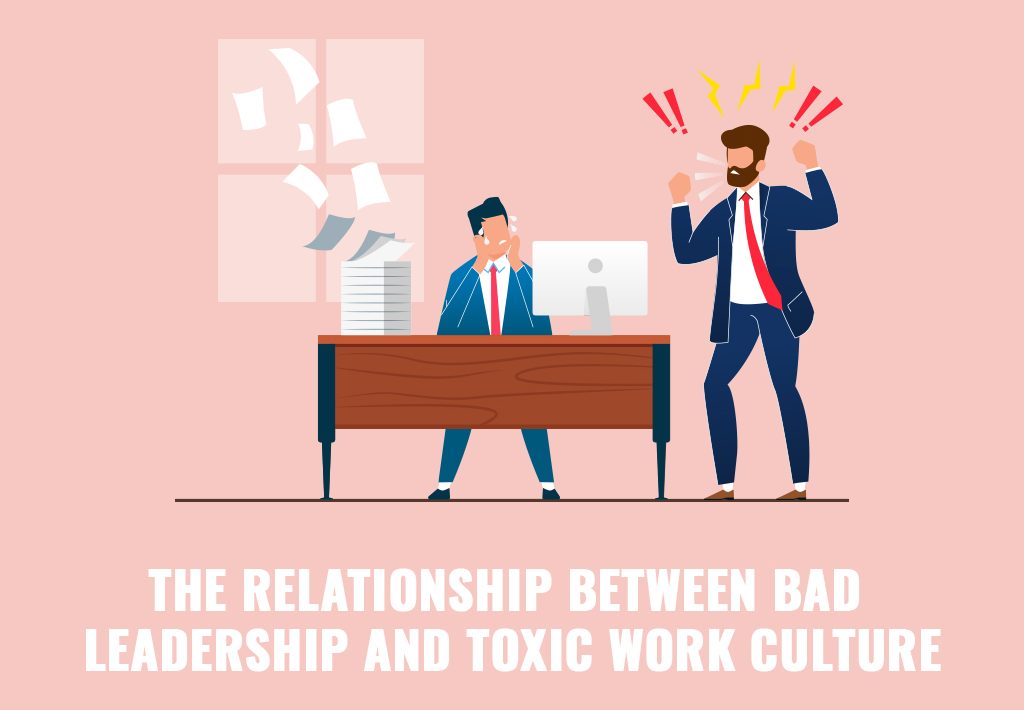One of the best traits of a productive and effective workplace is good leadership, along with a healthy work culture that encourages growth and innovation. Successful companies are built on strong and dependable leadership, and if this is not in place, this can cause a wide number of problems that create a toxic work environment. While there are surely a number of successful companies that utilize methods like Six Sigma Training Philippines to improve their work process and leadership skills, there are also companies that are struggling to find a way to create a healthy environment.
Toxic work culture is prevalent in the modern workplace, and has caused a wide variety of problems. This can range from talented people leaving, mishandling or information and resources, and even legal issues that affect the company’s reputation and capabilities. It is important to foster a healthy work environment, which is why finding ways to eliminate this negative culture is crucial to making progress.
What are the factors that affect the relationship between bad leadership and toxic work culture?
Bad leadership can foster a toxic work culture that can affect everyone within a company. A leader is meant to guide their team towards the path towards growth, productivity, efficiency, and innovation to help the company move towards their goals.
If the leader is not capable, or is unwilling to do so, it creates a toxic environment. Here are some of the major factors that affect the relationship between bad leadership and toxic work culture and how they affect a company and their people.
Poor Communication
One of the first factors that most people would be able to notice in a toxic work environment is poor communication. A good company is designed with a proper organizational chart and team structure that allows different departments and personnel to have a way to properly communicate with each other. However, if the channels of communication are mishandled and underutilized, miscommunication can happen, and it becomes a widespread problem.
Lack of proper communication can mean missed deadlines, incorrect business decisions that create costly mistakes, and even departments concealing important information from each other. Communication is the key to better understanding and progress at work, and severing that line creates a toxic environment that spreads negativity all around.
High Turnover
A good company understands their team members well, providing them with the tools to succeed and supporting their personal and professional growth. This not only helps create a great working relationship and a healthy environment, but it also helps make them stay within a company. Employee retention is a positive sign that you have a work environment that supports employees, along with having good leadership capabilities.
However, if a company constantly sees their employees leave on a regular basis, it is a sign that there is something wrong with the leadership and working environment. High turnover rates can mean employees are dissatisfied with the work conditions, employee morale, or even leadership.
This not only affects overall employee morale, but it also affects work performance, as new employees are suddenly put into critical positions that they are ill-equipped for. This can also affect the process of getting recruits, as they see the company as unstable and unhealthy.
Indecision is Prominent
A good leader knows how to make firm decisions that everyone will follow. While there are times a decision or policy may be unpopular, a good leader has the ability to keep everyone in line without compromising their choices.
Decision making is a crucial leadership skill, as you would need to have the ability to make difficult choices, and push through it. If a company has a leader that is indecisive and inconsistent with their decision making, it can lead to distrust, resentment, and low motivation to work. Indecisiveness can include constantly changing policies and choices without informing everyone, or turning back a decision before being implemented.
Disorganized Core Values
A company’s core values are important, as it helps guide everyone towards the right goal, and keeps everyone aligned with the company’s mission and vision. Core values foster positive company growth, which is why it is important for everyone to know them by heart.
A toxic work environment is a place where people not only forget their core values, but even neglect it for their own goals and processes. This creates disharmony, which causes rifts between employees and leadership. This leads to the company not having a definitive goal or direction to work for, keeping them in limbo in terms of progress and productivity.
Irregular Feedback
Employee feedback is an important factor for professional and personal growth, as they would be able to identify points where they can improve, and points where they are successful at. A good company knows how to provide helpful feedback, and finds time to give them the information they need to grow.
This is something that a toxic work environment would lack, as inconsistent feedback means that employees do not know if they are performing well, or if they are making mistakes. They might be unable to receive valuable insights as well as bad feedback means giving vague points to work on, and focusing on mistakes rather than how to overcome them. This is another reason toxic environments can happen, causing people to leave and go against the company’s goals and policies.
Resistance to Change
Change is necessary in any company, as this is a crucial step towards growth and progress. A company that accepts positive changes understands what it takes to improve their company, and make it more successful in the long term.
One of the biggest problems of many companies is they tend to resist change, seeing it as something that would compromise their brand or identity, when in fact it is something that they might need to thrive. Resisting change can affect the morale of employees, which in turn creates a negative work environment that is stagnant and devoid of growth.
Key Takeaway
A toxic work environment not only affects the company’s growth and productivity, but it also affects the employees themselves. By identifying these factors, you would be able to utilize good leadership to overcome these issues, and create an environment where everyone has the platform to grow and succeed










